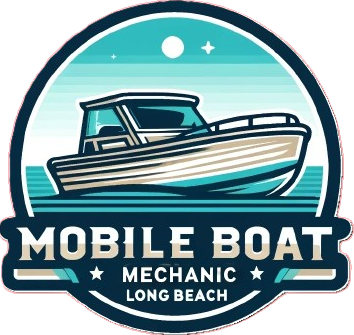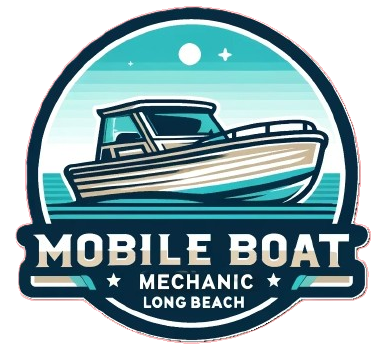How Multiple Outboard Motors Work Together and Why small Details matter greatly!
Outboard motor Maintenance and repair becomes a bit more complex with a trippel or quad stack...
When you’re powering a boat with multiple large outboard motors, you’re entering the big leagues of boating. It’s like having a small fleet of thrusters working together to give you the power, speed, and control that a single motor just can’t provide. However, the more motors you add to your boat, the more you need to stay on top of outboard motor maintenance to keep everything running smoothly and avoid desaster.
Let’s dive into how these motors operate together, what common problems pop up, and why sometimes it's best to call in the pros for boat motor repair.
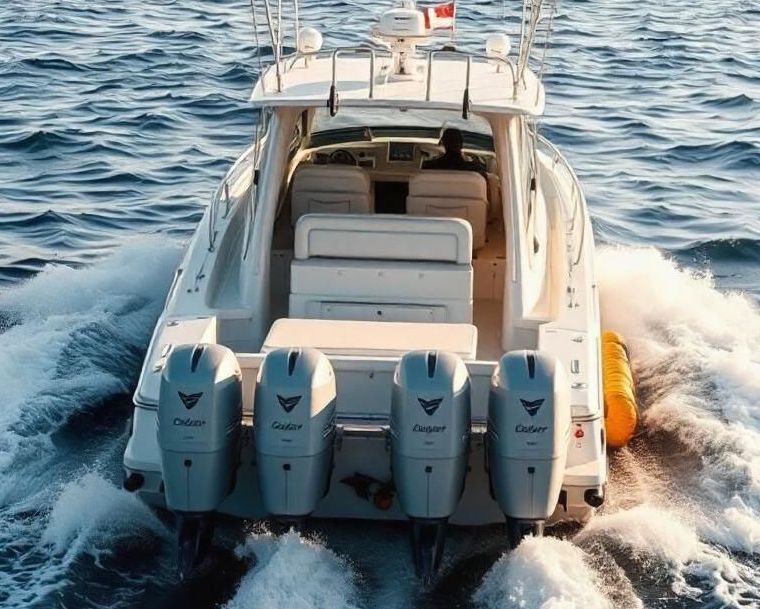
How Multiple Outboard Motors Work in Harmony
Running twin, triple, or even quad motors is a whole new level of power, but it requires a dance of synchronization, precision, and proper maintenance. Here’s how it all works:
1. Throttle and Shift Synchronization
Imagine trying to row a boat with two people who are paddling at completely different speeds—chaos! The same goes for your outboard motors. They need to be in sync when it comes to throttle and shifting. Modern boats use electronic throttle and shift (ETS) systems that ensure all engines react evenly when you give them the juice.
To make things even easier, most boats with multiple motors have engine synchronization systems that match the RPMs (revolutions per minute) between each motor, preventing engine stress and reducing vibration. It’s a smooth ride when your motors are all in tune with each other.
2. Steering: Working Together
With multiple motors, steering becomes a more coordinated effort. Your motors work together to steer the boat, either through a hydraulic system or advanced joystick controls that let you maneuver the boat with pinpoint precision. Ever seen a boat slide sideways into a dock like magic? That’s the motors and steering system working in perfect harmony.
3. Trim Adjustment for Efficiency
It’s not just about power—trim makes a huge difference. The motors need to be trimmed properly (tilted at the right angle) to reduce drag and keep the boat level. Automatic trim systems on newer setups can make this easier, but manually adjusting trim can help you get the most out of your motors.
4. Load Balancing for Power Distribution
Your engines are only as strong as the boat’s balance. If your load is off—too much weight on one side—the engines won’t work efficiently, and you’ll burn through fuel faster. Distributing the weight evenly across the boat is key to getting the best performance from your motors.
Common Issues with Multiple Outboard Motors (And What to Watch For)
While having multiple engines gives you added power, control, and redundancy, it also comes with its own set of challenges. Here are the most common issues boat owners face and how regular outboard motor maintenance can help prevent them:
1. Out-of-Sync Throttles
If your motors aren’t synced up properly, one might be revving too hard while the others lag behind, leading to uneven performance. Over time, this can cause unnecessary wear and tear on the engines. If you notice your motors sounding a little off, it’s time to check the synchronization—or better yet, let the pros handle it.
2. Fuel Delivery Issues
With multiple motors, fuel delivery needs to be spot on. Sometimes one motor might not get enough fuel due to a clogged filter or a kink in the line, leaving you underpowered. Keep an eye on fuel filters, and inspect lines regularly to avoid this headache.
3. Steering Problems
Having smooth control of multiple engines is critical, but steering systems can develop issues, especially if you’re dealing with hydraulic leaks or worn-out components. If you feel resistance or notice difficulty steering, get it checked out before it gets worse.
4. Propeller Damage
Your propellers are what turn engine power into motion, so any damage or mismatch in propeller size can throw off performance. Regular prop inspections are a must to keep your boat running smoothly.
5. Corrosion in Saltwater Environments
Saltwater is an outboard motor’s worst enemy. Corrosion can creep into everything from engine parts to steering components, wreaking havoc over time. Freshwater rinses and anti-corrosion sprays can help, but regular professional cleaning is key in saltwater settings.
6. Electrical System Failures
More engines mean a more complex electrical system. If one part of the system fails—whether it’s a battery issue or a problem with the alternator—you could end up dead in the water. Keep your battery system in tip-top shape, and make sure your alternators can handle the load.
Why Professional Boat Motor Repair and care is essential
As much as we love a good DIY project, the complexity of multiple large outboard motors is where even the handiest boat owner might hit their limits. Sure, you can handle basic maintenance like checking fluids, cleaning the props, or rinsing down the motors. But when it comes to keeping multiple engines running smoothly together, it’s best to let the experts take the reins.
Here’s why:
- Precision is Key: Synchronizing engines, adjusting trim, and balancing fuel delivery isn’t just about tightening a few bolts—it requires precision tools and technical know-how.
- Avoid Costly Damage: A small issue like a slightly out-of-sync throttle might seem minor but can lead to bigger problems over time. Professional mechanics catch these issues before they snowball into costly repairs.
- Maximize Performance: Your motors are a significant investment, and professional boat motor repair ensures you’re getting the most out of them. Why risk underperformance when you could be enjoying the full power and efficiency they’re designed for?
The Bottom Line
Whether you’ve got twin, triple, or quad engines on your boat, proper maintenance is critical to keep them working in harmony. Regular outboard motor maintenance can prevent many common issues like fuel delivery problems, steering malfunctions, and electrical failures. But with such a complex system, it’s important to know your limits.
When in doubt, trust the pros to handle the finer points of boat motor repair. That way, you can focus on enjoying smooth, powerful, and stress-free days on the water!
With the right care and a little professional help, your multi-engine setup will keep your boat cruising smoothly for years to come.
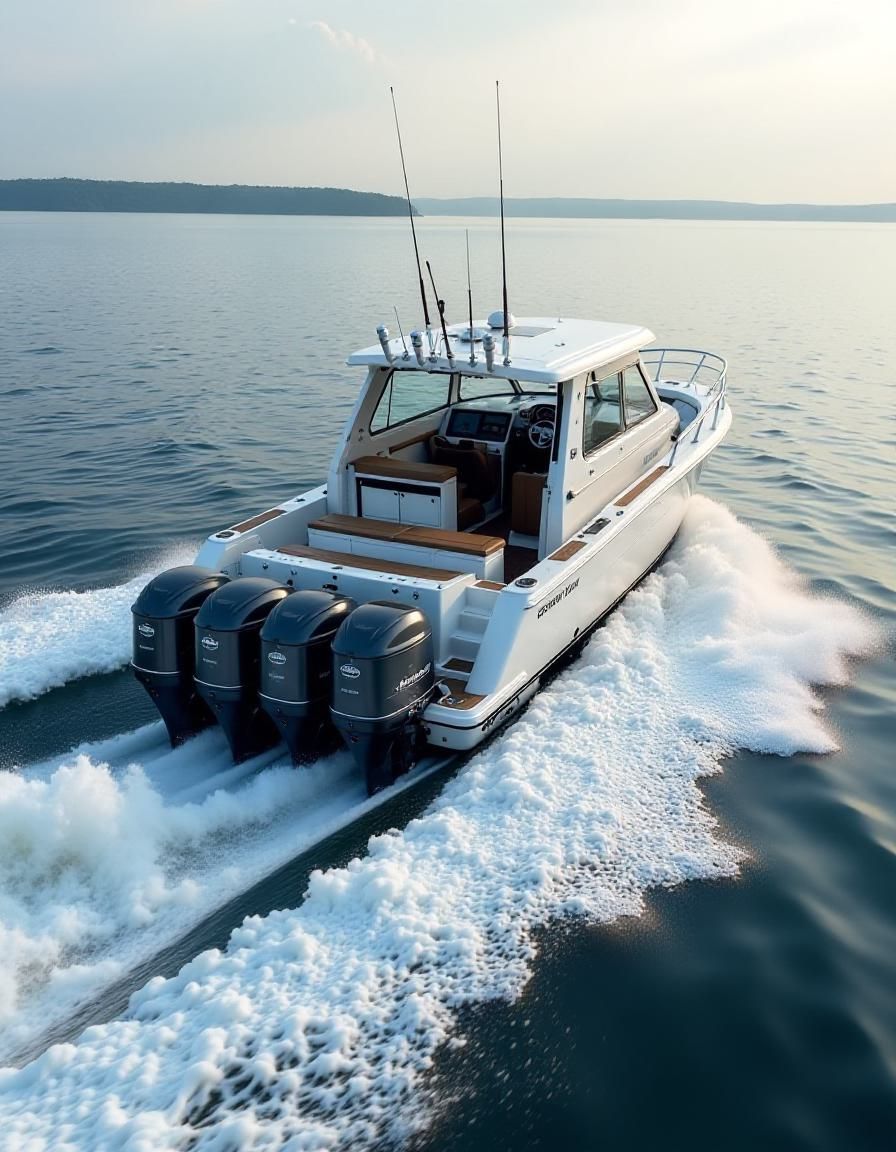

What is better than one 450? .... That's right!
Three 450s !!! Care for a power up?
here you get back to the mobile boat mechanic Blog
You might also like
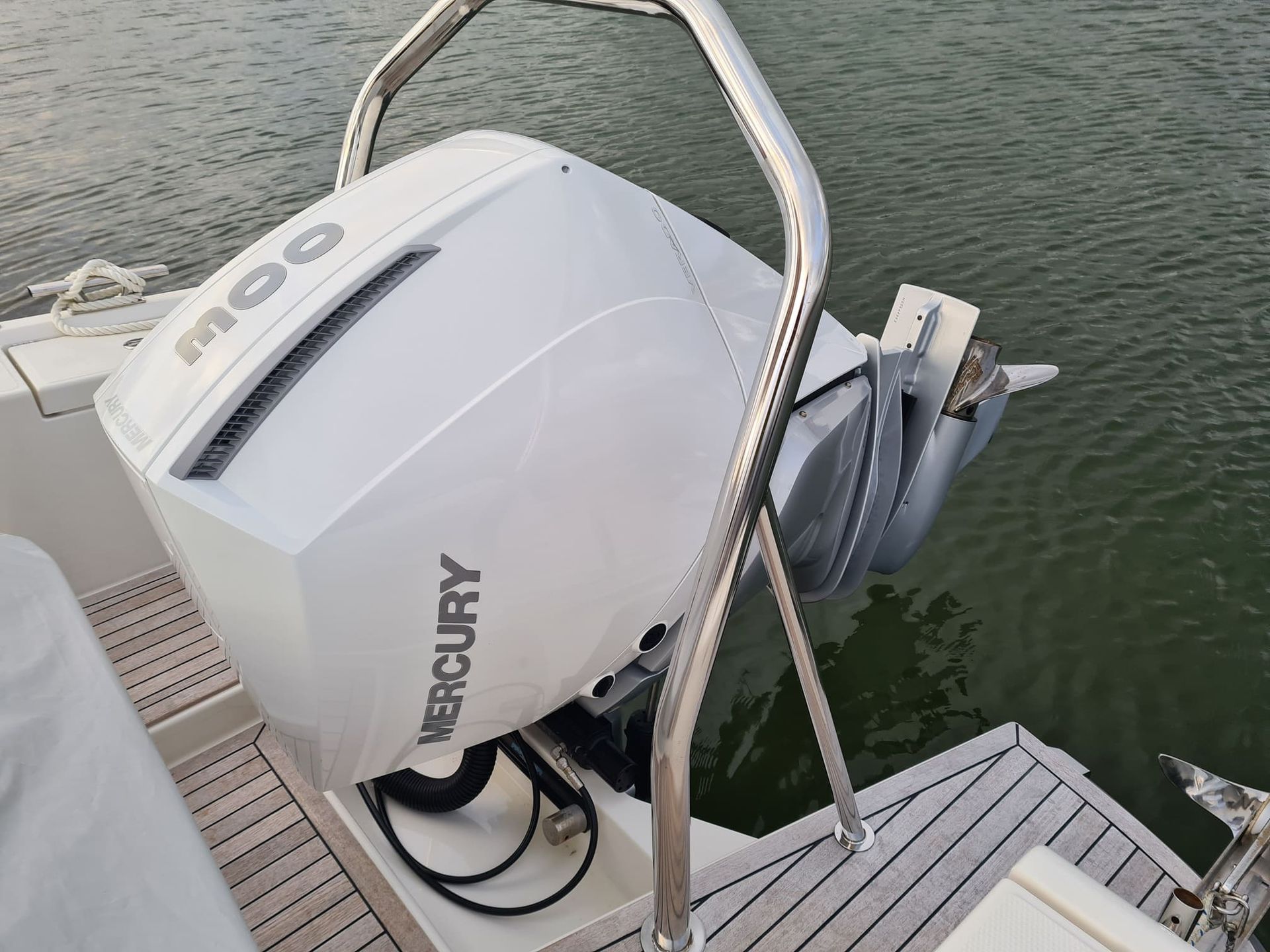
Take action to keep your vessel in prime condition!
The region's leading professional marine repair.
Navigation
Working hours
- Mon - Fri
- -
- Sat - Sun
- Appointment Only
Powered by Snapps
